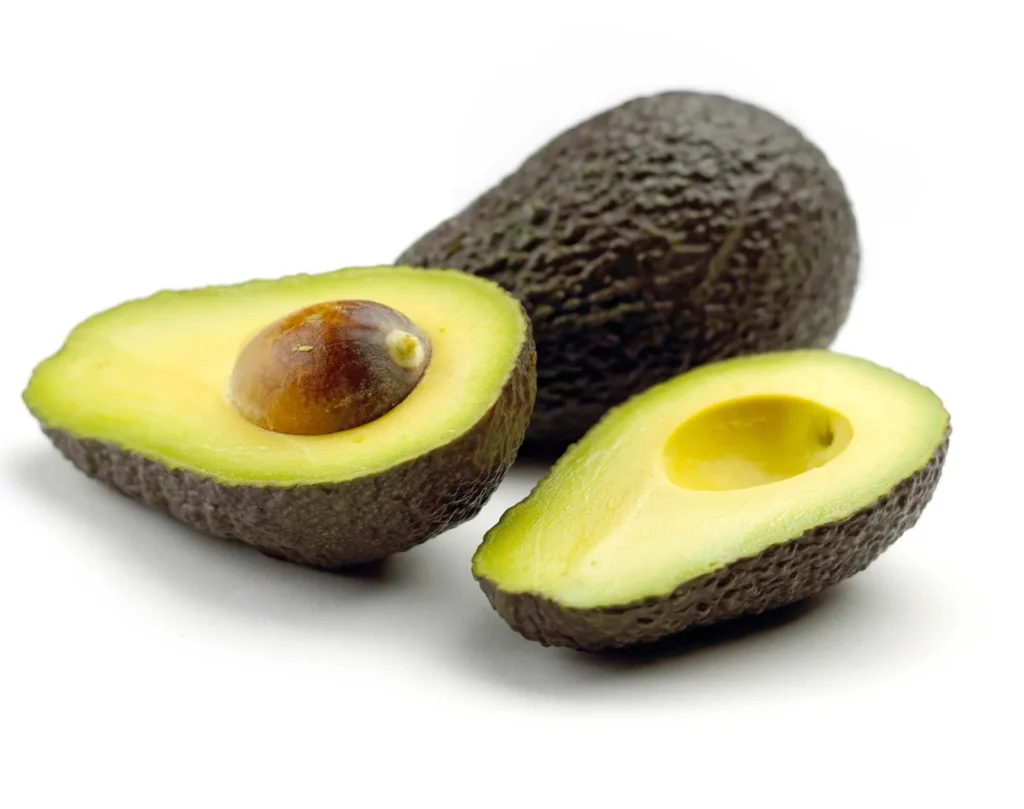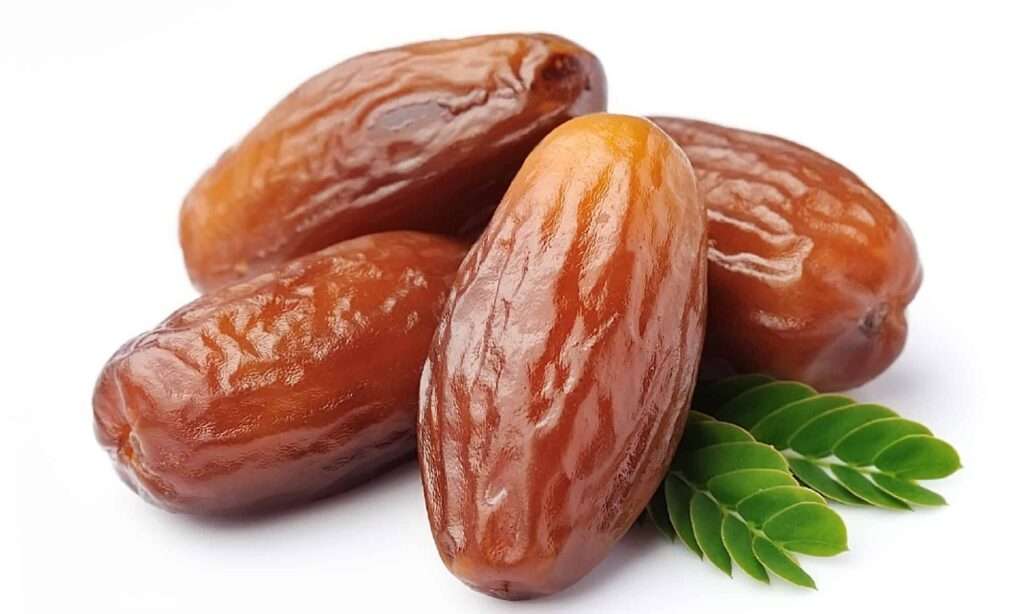
Description
Syconia, the scientific name for fig fruits, are produced individually, in pairs, or in the axils of leaves throughout the current growing season. The teardrop-shaped fig fruit has a purple exterior, crimson inside meat, and lots of seeds. Their sizes can vary. Figs rank among the sweetest fruits thanks to their high sugar content. The ‘fruit’ of the fig is actually a closed flower head with numerous small blossoms and seeds inside.
Varieties
A brief list of fig types is provided below, organized by comparable optimum growth conditions:
- Best fig tree kinds to grow in the Pacific Northwest or cooler coastal regions: Excel, White Genoa, Osborne Prolific, Desert King, Corky’s Honey Delight, and Olympian
- Figs to choose for hot, arid climates: Peter’s Honey, Black Mission, Penache Tiger Stripe, and Violette de Bordeaux
- Figs that thrive in hot, humid areas like the Kadota, Peter’s Honey, South Celeste, Violette de Bordeaux, LSU Gold, LSU Purple
- Chicago Hardy, Celeste, Peter’s Honey, and Desert King are the most cold-tolerant fig cultivars.

Uses
Fresh figs should always be rinsed before eating. They may then be consumed immediately after. Dried figs can be eaten raw in addition to being reconstituted by soaking them in warm water until they are mushy.
Nutrition
A medium (2 14 inch) fig contains: 37 grams of calories, 1 milligram of sodium, 10 grams of carbohydrate, 1.45 grams of fiber and 8 gram of sugar.
Cultivation
Fig trees are grown from dormant wood cuttings that are planted in nursery rows in the Northern Hemisphere around February. These reach a height of 1 meter (3 feet) in a single growing season and are prepared for transplanting at the conclusion of the cycle. Some types only provide one harvest, either in the summer or the autumn. Some plants produce two crops, with the first crop maturing in June or July on wood from the previous growth and the second crop ripening in the summer or autumn in the axils of the same season’s leaves.
As a subtropical fruit tree that is deciduous, figs appreciate places with hot summers, lots of sunshine, and minimal irrigation. Although the fig tree can withstand temperatures as high as 45°C, the quality of the fig fruit starts to decline after 39°C. For your fig tree to develop into the shape you want—typically a single-trunk, open-vase shape in our mild winter climate—prune annually throughout the first three growing seasons. In succeeding growing seasons, only prune to promote new growth or to regulate size.
Table





